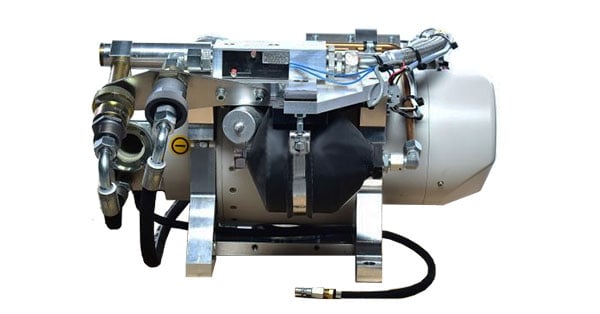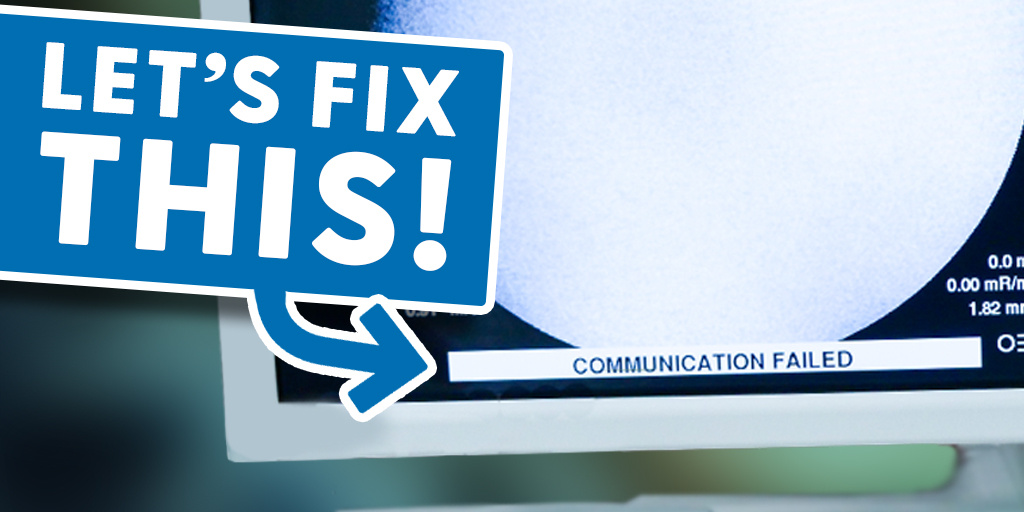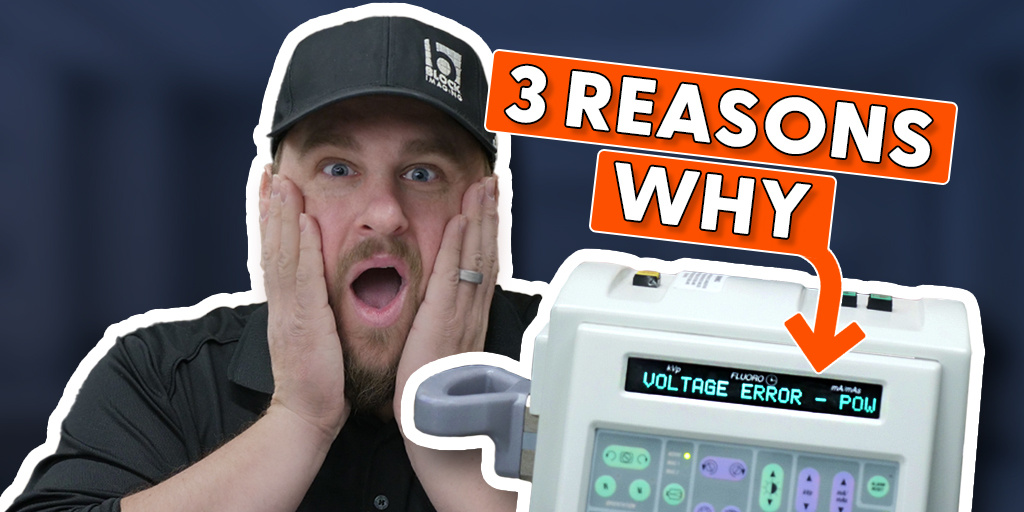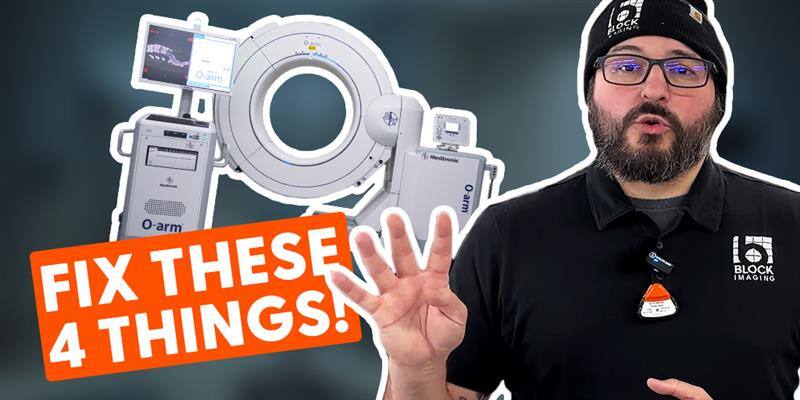
Selling, inspecting, buying, servicing- there are a number of reasons to access the X-ray tube usage information on a CT scanner. Coincidentally, there are also a number of ways to measure that usage. Below, we’ll discuss three CT tube usage metrics you’re likely to run across and exactly what they mean for the tube in question.
Do you need a CT tube now? Click here to request one!
Three Ways to Measure CT Tube Use
Total Patient Exams
Total patient exams is the sum of individual cases conducted with a particular tube. Patient exam count is useful as a “ballpark” metric of tube usage. Unfortunately, its reliability as a definitive indicator of tube usage is limited. Not all types of CT studies are conducted at the same power level or for the same duration of time.
When checking a tube's total patient count, an additional factor to consider is the specialty of the facility using it. What kind of studies are they doing most often? Think of the difference between flooring the accelerator in your car to win a drag race and giving your grandma a ride to church on Sunday morning. A facility specializing in, say, trauma studies will use their X-ray tube much “harder” than a facility that performs primarily sinus studies.
mAs (Milliampere Seconds)
Sticking with the car analogy, the mAs count is like the full odometer reading on your car- all your miles, regardless of whether you were on the freeway or cruising a residential area at 25 miles per hour. The mAs number represents the total number of seconds that power has been applied to the tube, whether scanning, testing, or performing quality assurance calibrations. Typically, a 7MHU tube will last 150 million mAs or more, while a 4MHU tube will typically range between 70 and 100 million mAs.
The real usefulness of mAs is to determine the average mA a site has been running their tube at, that is to say- how "hard" they typically use it. To do this, divide the total mAs reading by the scan seconds. Speaking of which...
Scan Seconds
A count of as system's scan seconds is the most commonly used measure of tube usage. This metric tells how many seconds the tube was both powered and scanning a patient. Once again, in this case, the metric will not tell you exactly how much power was applied during all of those seconds, so noting the specialty of the facility will be helpful.
The Takeaway
Ultimately, it is best to have as many of these numbers as possible. Together, they form a composite of what usage a tube has undergone. This, combined with an understanding of which techniques were most commonly performed on the system, will help create reasonable expectations for the remainder of an X-ray tube’s life.
If you want to know more about CT scanner tubes or other CT parts, we're ready to help with both. Contact our team with the button below, or call us directly at 1-877-621-2887 to let us know what you need!

Chad Seelye
Chad Seelye is Vice President of Part Sales for Block Imaging. He loves to offer parts solutions that get customers excited about doing more with their equipment for less. Outside of work, he loves to explore new areas with his wife. It doesn't matter where they are, as long as they've never been there before. Chad also loves all things MSU basketball and football.





